Introduction
Food delivery has reshaped the way customers interact with restaurants, and platforms like Uber Eats dominate the digital dining landscape. For businesses, researchers, and analysts, gaining visibility into how menus, prices, and restaurant listings evolve is crucial for developing effective competitive strategies. This is where Scraping Uber Eats Data becomes invaluable, offering a structured method to extract, analyze, and interpret high-value data.
The food delivery market in the UK is expanding rapidly, with Statista reporting that the industry is projected to exceed £12 billion by 2025. With such immense growth, the ability to monitor menu updates, price fluctuations, and restaurant availability can give restaurants and aggregators a strong competitive edge. Whether it’s tracking promotional deals, comparing pricing trends, or evaluating customer preferences, data extraction offers unparalleled clarity.
From new startups entering the food delivery space to established restaurants refining menu strategies, a structured data scraping approach unlocks vast opportunities. With advanced techniques and an Uber Eats Pricing Data Scraper, businesses can track consumer behavior, refine pricing strategies, and boost visibility in a highly competitive market. This blog outlines the most effective strategies for Uber Eats data analysis and how they support more thoughtful decision-making.
Advanced Methods for Tracking UK Restaurant Menus
Monitoring menus is crucial for restaurants and delivery platforms that aim to understand shifting customer preferences. With Uber Eats hosting thousands of listings, regular updates to menus reflect how businesses adapt to seasonal trends, promotions, and consumer demand. Using Scraping Uber Eats Data, organizations can collect valuable insights into these menu shifts and analyze which items drive popularity.
Recent market reports indicate that over 65% of restaurants in the UK updated their digital menus in the past six months. Nearly 30% introduced limited-time promotions, while 20% added entirely new product categories. These figures underscore the rapidly changing nature of online menus.
| City | Avg. Menu Updates (Monthly) | New Items Introduced | Seasonal Specials (%) |
|---|---|---|---|
| London | 15 | 5 | 32% |
| Manchester | 12 | 4 | 28% |
| Birmingham | 10 | 3 | 25% |
By scraping structured menu data, businesses can analyze pricing tiers, food combinations, and popular dietary choices such as vegan or gluten-free offerings. Deloitte’s survey further highlights that 40% of UK consumers prefer restaurants that frequently refresh their menus, making this data indispensable for staying relevant.
In practice, automated menu tracking enables restaurants to identify profitable combinations, delivery platforms to spot regional preferences, and suppliers to align inventory with demand. With Scraping Food Delivery Data UK, real-time monitoring minimizes guesswork, supporting quick adjustments that capture consumer attention. Ultimately, a streamlined approach to menu data extraction helps both small eateries and large chains remain competitive in an ever-evolving delivery marketplace.
Monitoring Uber Eats Restaurant Listings for Better Visibility
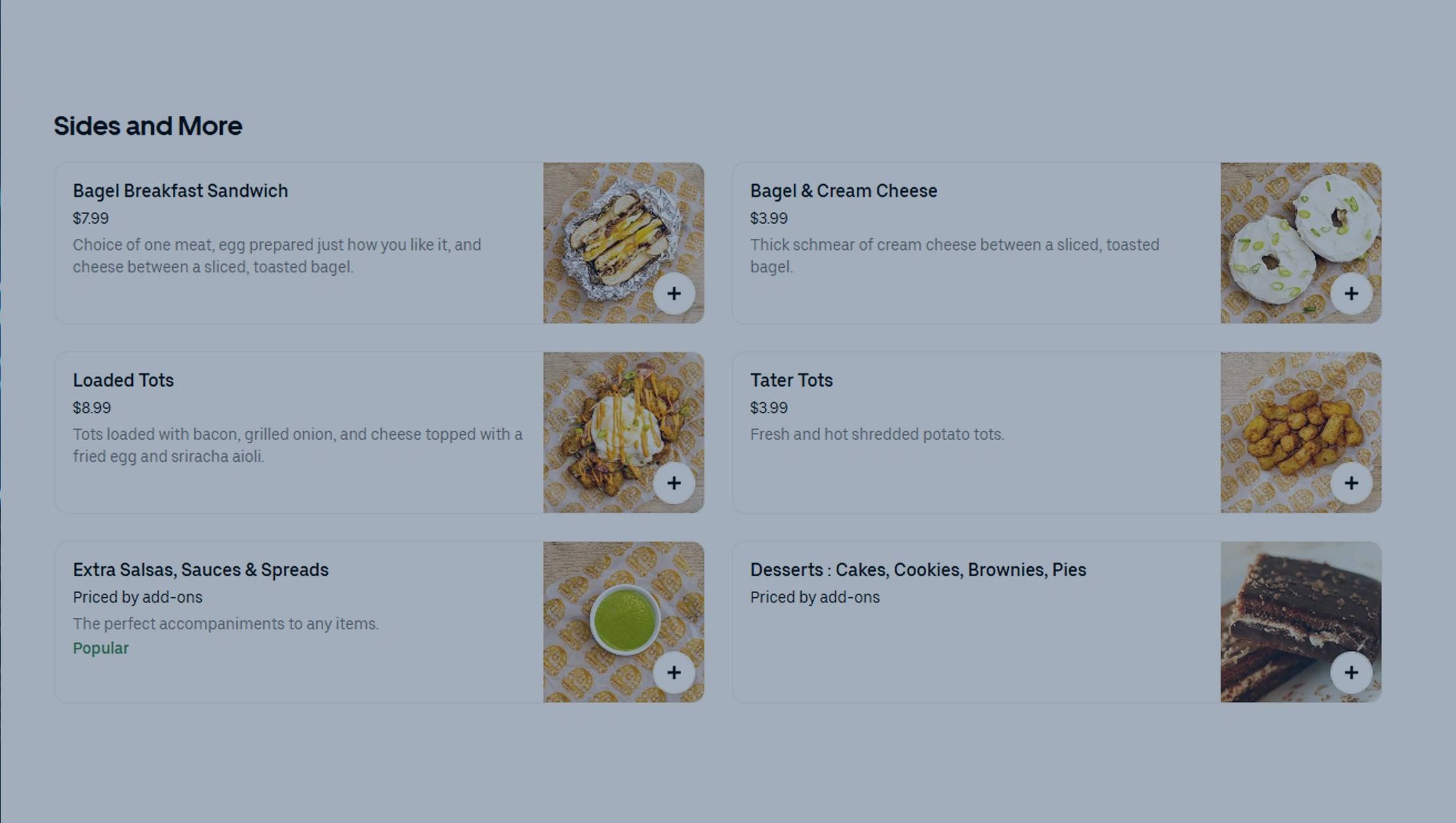
Restaurant listings determine how easily customers can find and order from a business on Uber Eats. Visibility has a significant impact on sales, as research shows that nearly 75% of users select restaurants from the top 10 results on delivery apps. A dedicated Uber Eats Restaurant Listings Scraper enables businesses to study competitor positions, promotional placements, and the frequency of ranking changes.
Data insights confirm the importance of ranking:
| Ranking Tier | Avg. Order Volume Increase | Discount Frequency |
|---|---|---|
| Top 5 | +72% | 3 per week |
| Top 10 | +55% | 2 per week |
| Top 20 | +30% | 1 per week |
Scraping restaurant listings offers valuable insights into why certain restaurants consistently appear in search results. Attributes such as customer ratings, delivery speed, pricing, and promotions directly influence placement. For example, chains that maintain a balance of discounts and fast service consistently appear to have higher order volumes.
According to Accenture, 60% of consumers drop their order if a preferred restaurant isn’t visible on the first search page. With the help of an Uber Eats UK Menu Scraper, businesses can analyses listing data to refine marketing strategies, optimize pricing models, and enhance delivery coverage for stronger visibility.
Scraping listing insights is not only about competition but also about understanding customer access points. Restaurants that treat listing optimization as a data-driven activity are more likely to capture consistent traffic and growth.
Extracting Uber Eats Pricing Data for Smarter Strategy
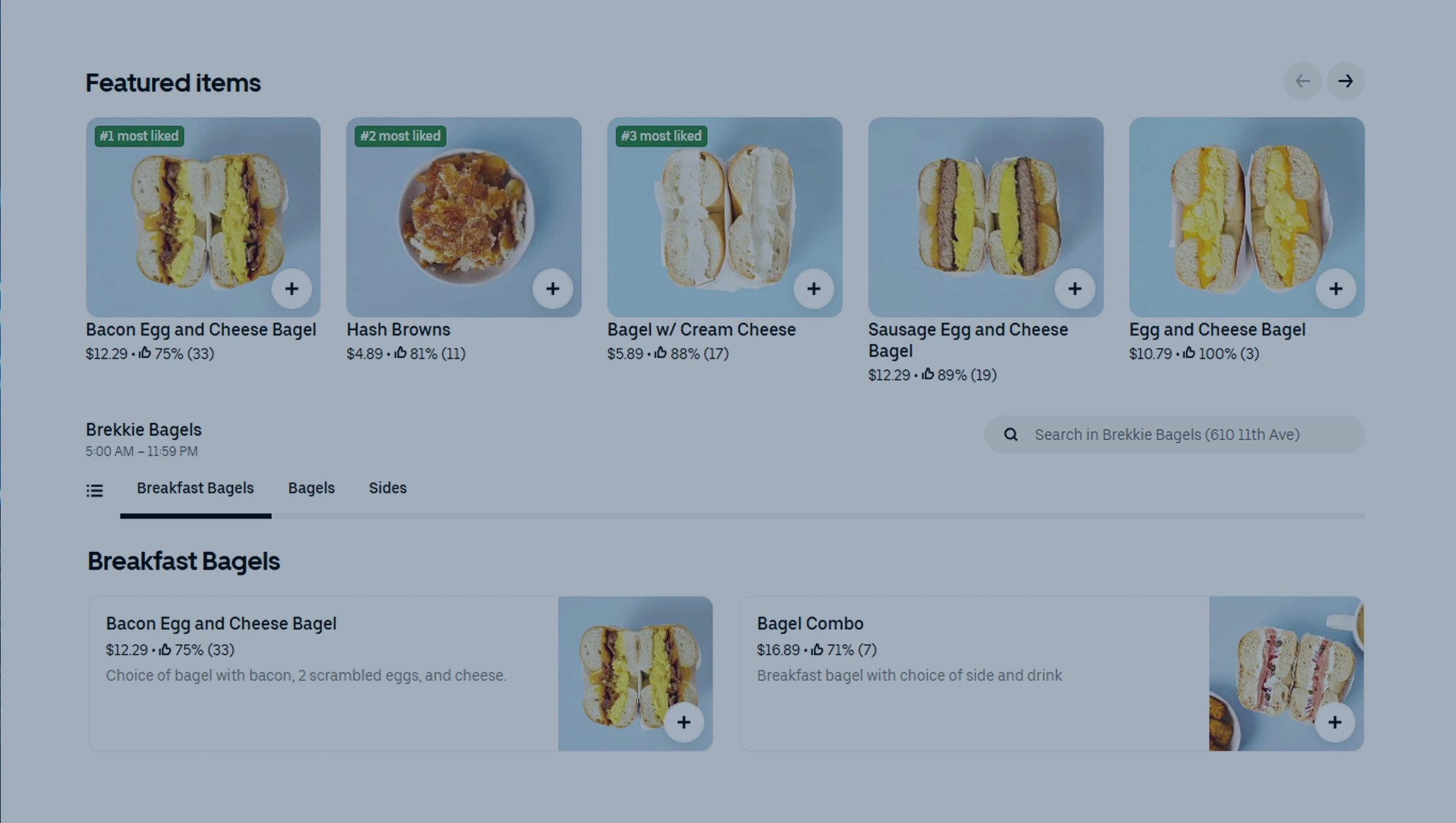
Price remains one of the strongest decision-making factors for online food ordering. Studies show that 68% of UK consumers priorities cost when choosing a delivery meal, while 47% actively compare prices between multiple restaurants before placing an order. This makes Scraping Uber Eats Pricing UK vital for any restaurant or delivery chain aiming to stay competitive.
Here’s an example of average pricing across common cuisines:
| Cuisine Type | Avg. Price per Meal (UK) | Competitor Price Range |
|---|---|---|
| Fast Food | £7.50 | £6.80 – £8.20 |
| Pizza | £9.20 | £8.50 – £10.10 |
| Indian | £11.40 | £10.80 – £12.20 |
| Sushi | £13.50 | £12.90 – £14.50 |
By extracting competitor price data, restaurants can monitor how discounts, surcharges, or promotions affect sales. Peak demand periods, such as weekends or sports events, often bring price fluctuations, and tracking these changes ensures businesses optimize margins without losing customers.
Promotional strategies become more defined through pricing insights. For instance, “2-for-1” deals often outperform minor percentage discounts. By using methods to Extract Uber Eats Menu Data UK, restaurants can analyze campaign performance and refine promotional approaches for stronger customer engagement.
Accurate pricing insights also prevent being over- or underpriced compared to market averages. Restaurants that ignore price monitoring risk losing customers to cheaper alternatives or lowering profitability by undercharging. In a competitive delivery market, pricing data extraction equips restaurants with the intelligence to stay relevant, profitable, and aligned with consumer expectations.
Using Restaurant Data Insights for Market Trend Forecasting
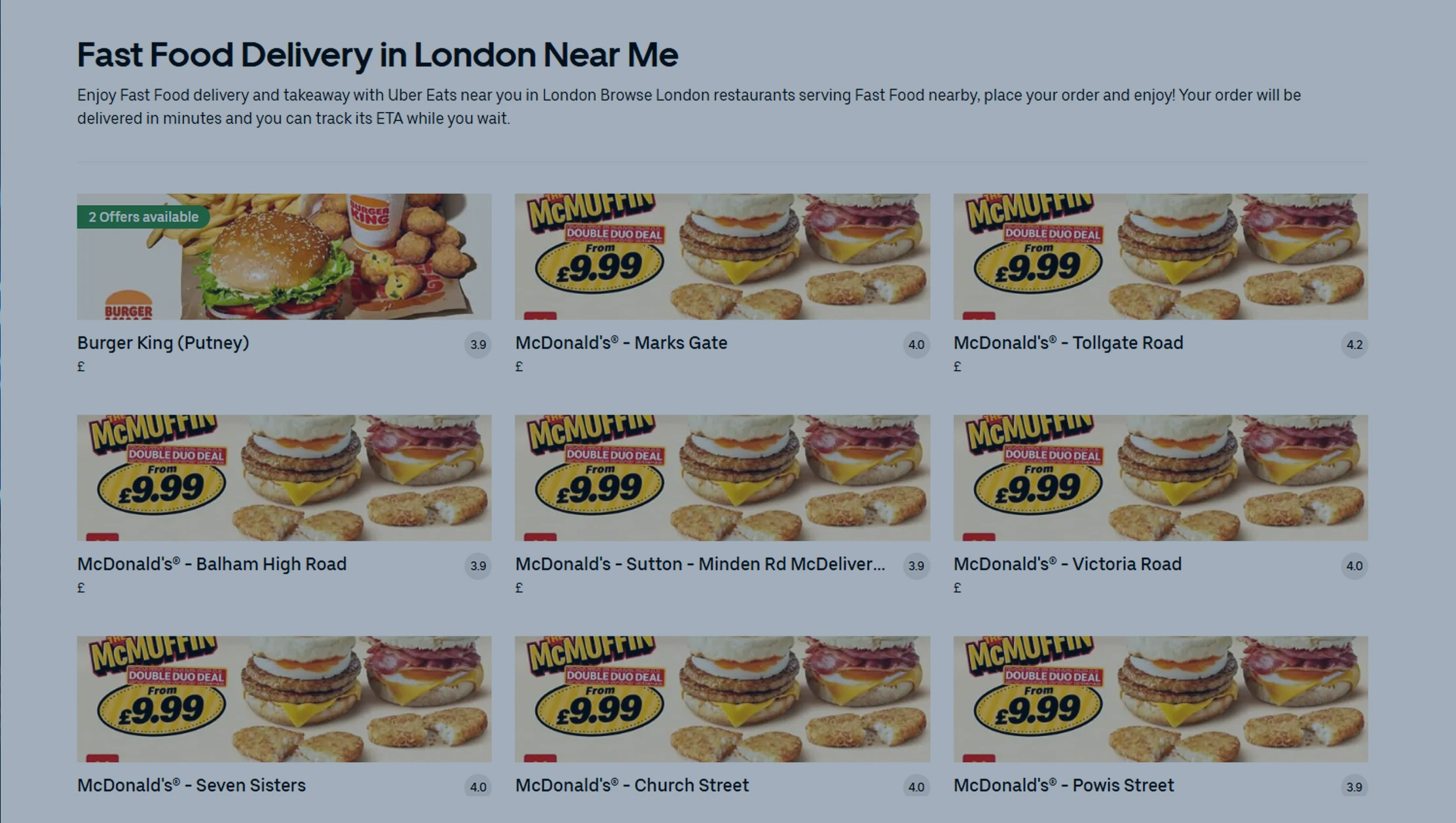
Changing consumer behavior requires restaurants to adapt their offerings continually. With dietary preferences shifting toward healthier and sustainable options, Restaurant Data Scraping allows businesses to detect and act on these emerging patterns.
A PwC survey reveals that 49% of UK consumers priorities healthy eating options in their delivery choices. Trends such as plant-based diets, gluten-free menus, and low-calorie options have grown steadily over recent years.
| Trend Type | Growth Rate (UK, 2024) | Top Locations |
|---|---|---|
| Plant-Based Options | +38% | London, Bristol, Brighton |
| Gluten-Free Menus | +25% | Manchester, Edinburgh |
| Low-Calorie Meals | +30% | Birmingham, Leeds |
By scraping menu keywords like “vegan” or “organic,” businesses can measure the rate at which these preferences are gaining popularity. Such forecasting allows restaurants to align menus, marketing, and supply chains with future demand.
For suppliers, trend forecasting streamlines inventory planning by reducing waste and ensuring a steady stock of plant-based ingredients. For aggregators, it supports personalized recommendations tailored to customer diets. With Uber Eats Data Extraction UK, businesses can forecast market shifts more accurately, stay proactive, and align long-term strategies with evolving consumer expectations for sustainable growth.
Ensuring Menu Price Accuracy with Detailed Extraction
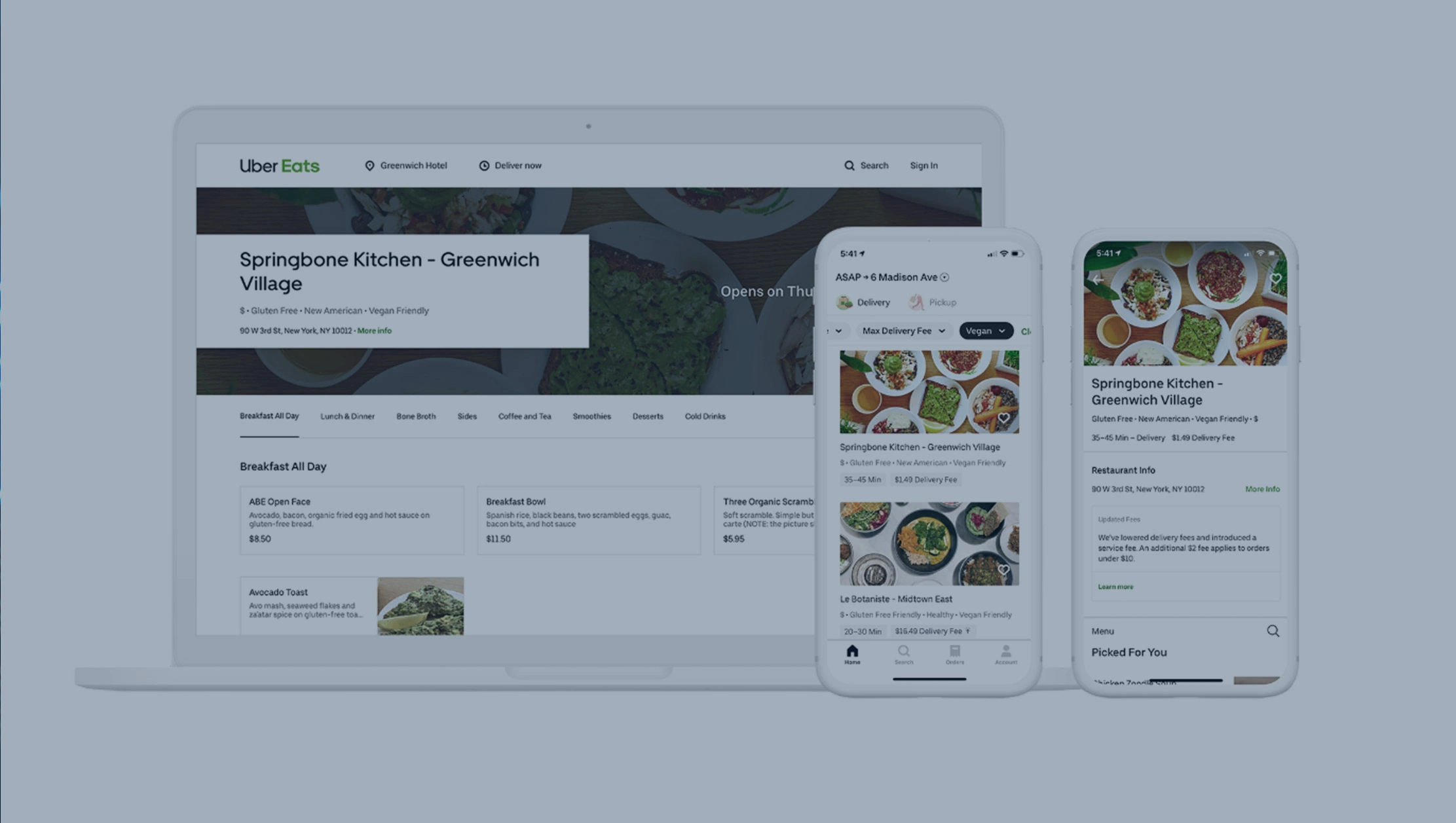
Maintaining accurate pricing on delivery platforms is crucial for maintaining customer trust and a strong brand reputation. Using techniques like Scrape Restaurant Menu Price Data, businesses can avoid inconsistencies that often frustrate customers.
Industry studies suggest that nearly 55% of food delivery complaints arise from pricing or menu issues. Breaking these down:
| Complaint Type | Percentage (%) |
|---|---|
| Incorrect Prices | 30% |
| Hidden Charges | 25% |
| Menu Inconsistencies | 20% |
| Delivery Fees Confusion | 25% |
By extracting price data systematically, restaurants can align delivery platform menus with in-store pricing. This avoids discrepancies, minimizes disputes, and reduces penalties from platforms that monitor price integrity.
Detailed menu scraping helps restaurants analyze price elasticity, measuring how small changes (like a £0.50 increase) impact demand. By utilizing solutions to Scrape Uber Eats Menus in the UK, businesses can refine their pricing strategies and plan promotions more effectively, ensuring margins are accurately calculated before applying discounts.
Accuracy fosters consumer trust, which in turn leads to repeat purchases. Furthermore, consistent pricing supports smoother relationships with delivery platforms, where violations of integrity policies can otherwise result in reduced visibility or fines. Ultimately, accurate menu pricing extraction protects both customers and businesses while strengthening overall efficiency.
Using Food Delivery Data for Strategic Growth
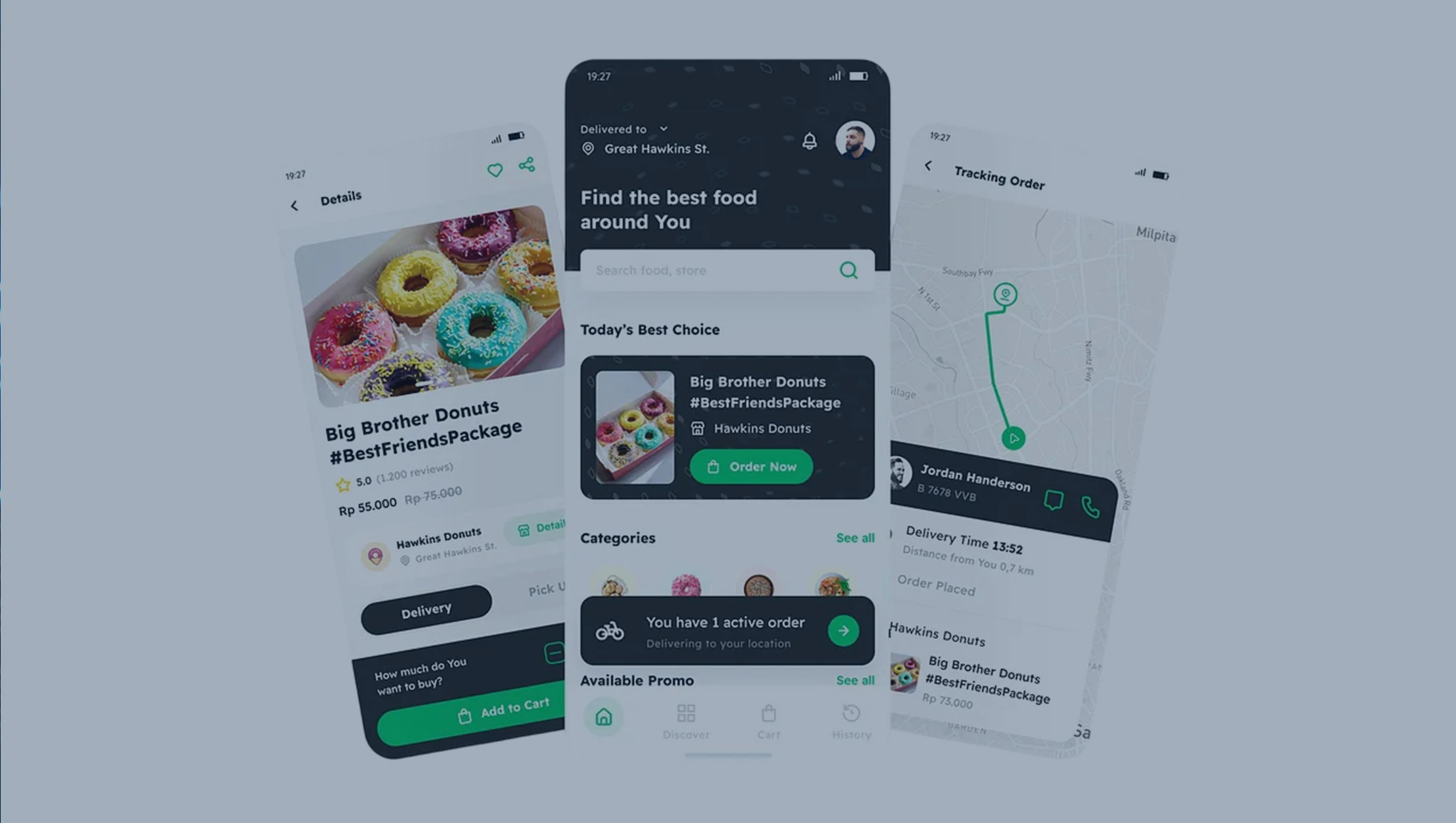
Food delivery platforms thrive on continuous adaptation, and applying Web Scraping Uber Eats UK offers restaurants the intelligence needed to scale effectively. Data indicate that top-performing restaurants on Uber Eats update their menus every 2–3 weeks and offer at least two discounts per week. This consistency drives higher-order volumes compared to less active competitors.
| Restaurant Category | Avg. Menu Refresh Rate | Avg. Discount Frequency |
|---|---|---|
| Fast Casual | Every 2 weeks | 2 times per week |
| Premium Dining | Monthly | Weekly |
| Takeaway Chains | Every 3 weeks | 1–2 times per week |
Beyond promotions, scraping food delivery data provides valuable insights into peak ordering patterns. In the UK, demand often spikes between 7–9 PM, with Friday evenings showing the highest activity. With insights from the Uber Eats UK Scraping Guide, restaurants can optimize staffing and streamline delivery schedules more efficiently.
Additionally, competitor monitoring ensures businesses adapt their offerings based on proven patterns. Delivery aggregators can also utilize this data to enhance recommendations and increase customer retention. In short, food delivery data provides a roadmap for more intelligent decisions, ensuring restaurants and platforms remain competitive in an increasingly crowded marketplace.
How Web Fusion Data Can Help You?
We specialize in Scraping Uber Eats Data to deliver precise, actionable, and scalable insights for businesses of all sizes. Our tailored solutions enable companies to monitor menu changes, analyses pricing strategies, and track competitor listings in real-time, providing them with the intelligence they need to succeed in a fast-paced industry.
We provide:
- Reliable extraction of structured menu data.
- Real-time pricing and promotion tracking.
- Competitor restaurant listing analysis.
- Market trend identification.
- Automated reporting for teams.
- Customized dashboards for insights visualization.
With our advanced scraping solutions, businesses can make informed decisions without relying on guesswork. Instead, they can base strategies on accurate data drawn from real-world restaurant operations and consumer behavior. By aligning with Web Fusion Data, organizations gain a partner dedicated to helping them remain competitive in the UK food delivery landscape.
Our services also extend to supporting custom projects, ensuring flexibility for unique business models. By applying our proven methods, companies can achieve efficiency, scalability, and actionable insights that drive measurable growth through Uber Eats UK Scraping Guide solutions.
Conclusion
The food delivery market in the UK is highly competitive, and Scraping Uber Eats Data has emerged as a powerful method to track menus, restaurant listings, and pricing shifts with precision. Businesses equipped with this capability can adapt quickly to consumer expectations, optimize operations, and enhance profitability.
By utilizing structured methods like Uber Eats Data Extraction UK, companies can transform raw data into actionable insights that inform clear strategies, enhance visibility, attract more customers, and maintain competitiveness. Contact Web Fusion Data today to learn how our advanced data scraping solutions can help your business dominate the Uber Eats marketplace.
